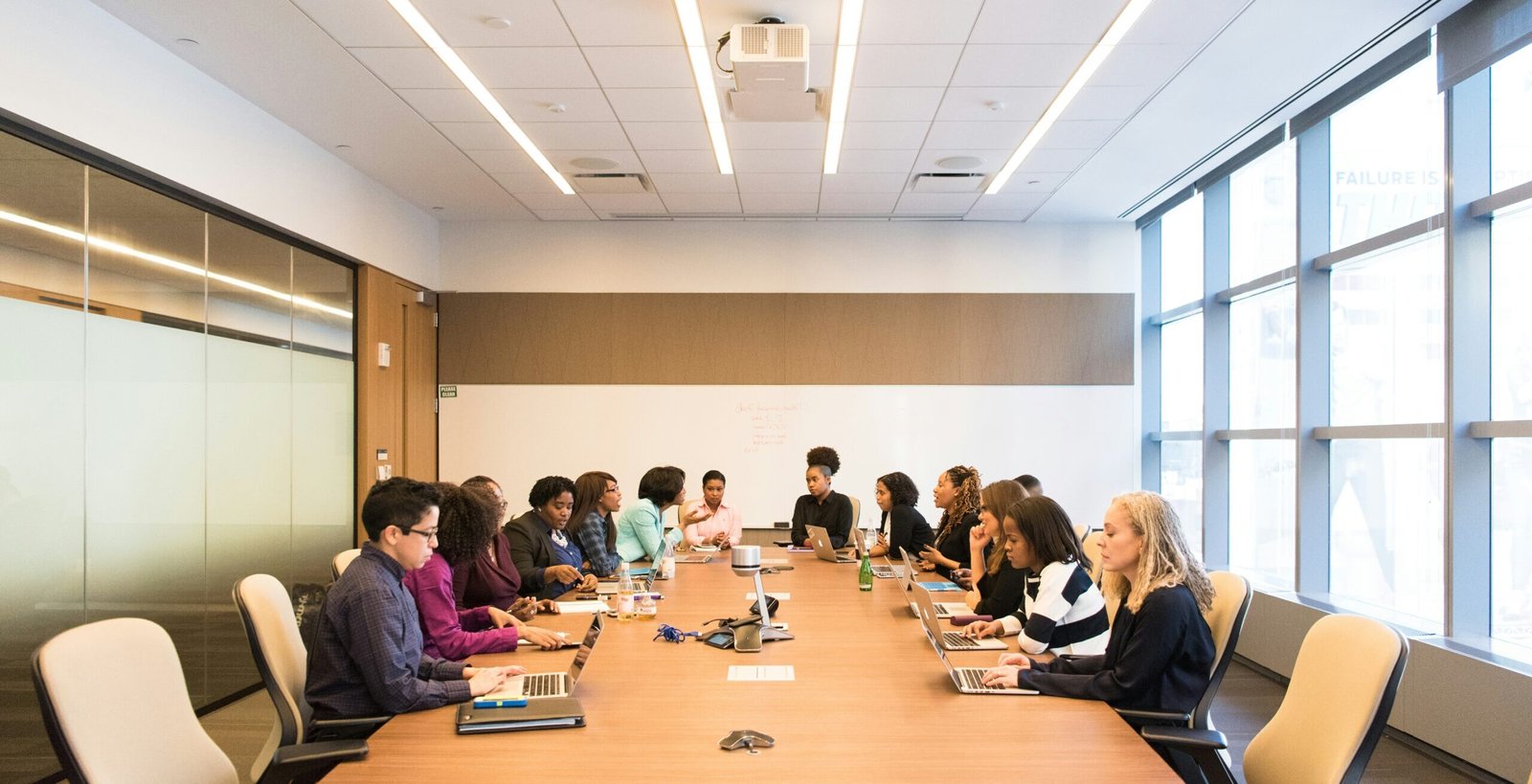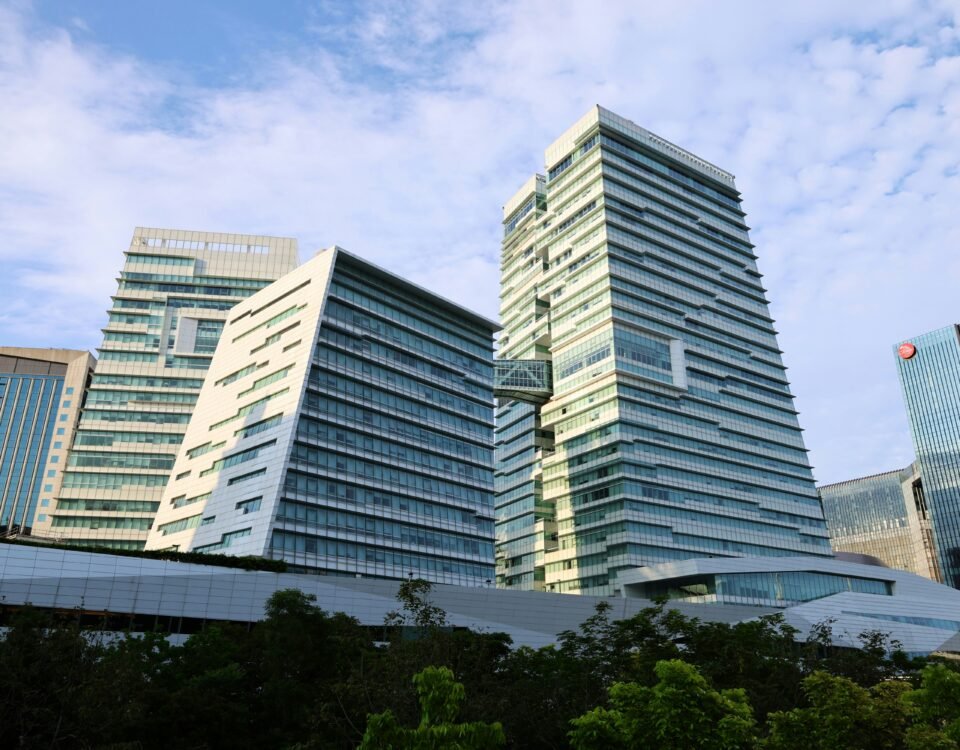In global development, few terms are as ubiquitous—or as contested—as technical assistance (TA). It appears in every project proposal, donor agreement, and reform strategy. Billions are spent annually on providing it. And yet, TA often provokes mixed reactions in the very institutions it’s meant to support.
So what exactly is technical assistance? When does it work? And when does it do more harm than good?
Let’s unpack one of development’s most common—but least scrutinized—tools.
What Is Technical Assistance?
At its simplest, technical assistance refers to the provision of expertise, advice, training, or tools to help governments or institutions improve how they function. It can include:
- Deploying advisors to ministries or agencies
- Supporting the drafting of laws or policies
- Designing new systems, platforms, or workflows
- Training civil servants or frontline workers
- Providing research, diagnostics, or strategy support
- Facilitating reform processes
TA can be delivered by donor agencies, consulting firms, NGOs, multilaterals, or academic institutions. It may be short-term (a few weeks) or embedded over years.
In theory, technical assistance is about capacity building. But in practice, its impact varies widely.
Why Technical Assistance Is So Common
Donors and development partners rely heavily on TA for several reasons:
- It’s flexible and scalable
- It enables knowledge transfer and reform acceleration
- It helps implement complex or unfamiliar policies
- It’s a way to show quick progress or meet reporting targets
- It fills gaps in overstretched public systems
TA can also be politically appealing—it offers targeted, “neutral” support without large financial transfers or long-term commitments.
When Technical Assistance Helps
Done well, TA can provide real value:
1. Targeted Support During Reform
When countries are rolling out new systems or policies, technical advisors can bring much-needed operational capacity, drawing from comparative experience while adapting to local context.
2. Facilitating Change from Within
Embedded advisors who work side by side with civil servants—not above or apart from them—can help unblock problems, introduce new routines, and serve as neutral conveners.
3. Strengthening Long-Term Capabilities
When linked to clear learning objectives and paired with institutional investment, TA can build lasting government skills, systems, and confidence.
4. Creating Political Space
External technical actors can, in some cases, help governments navigate politically sensitive reforms by providing cover, brokering consensus, or diffusing resistance.
But When Does It Fail?
Despite good intentions, technical assistance can also become a hindrance. Common pitfalls include:
1. TA That Substitutes, Not Strengthens
In many cases, external advisors end up doing the work themselves—drafting policies, managing systems, writing reports—while local actors remain on the sidelines. This crowds out local ownership and leaves no legacy once the TA ends.
2. Detached, Rigid, or Generic Advice
TA providers often bring ready-made frameworks or global “best practices” with limited adaptation to local realities. This can result in reform strategies that look good on paper but fail in practice.
3. Short-Termism
TA contracts are frequently short, misaligned with government planning cycles, or driven by donor deadlines rather than reform timelines. Advisors rotate quickly, and institutional memory is lost.
4. Accountability to Donors, Not Governments
Because TA is usually financed externally, advisors are often more responsive to donor reporting needs than to the realities and priorities of the host institution.
5. Perpetuating Dependence
In some cases, countries become locked into cycles of external support—with key systems or decisions continually reliant on consultants or foreign advisors.
The Politics of Technical Assistance
TA is never purely technical. It’s shaped by power dynamics:
- Who selects the advisors?
- Who sets the agenda?
- Who evaluates success?
- Who learns, and who is sidelined?
Effective TA navigates these politics—not ignores them. That means acknowledging trade-offs, surfacing tensions, and investing in relationships—not just tools.
What Does Better TA Look Like?
At Lapnos, we believe technical assistance must be:
- Demand-led, not donor-driven: Grounded in real priorities, not just logframe logic.
- Embedded, not extractive: Working alongside institutions, not parachuting in.
- Adaptive, not blueprint-based: Responsive to what works—and what doesn’t—in context.
- Capacity-focused, not delivery-only: Investing in systems and people who will remain after the advisors are gone.
- Accountable, to governments and citizens: Not just external funders.
We’ve supported TA models where government staff co-design reforms, advisors operate as mentors not executors, and success is defined by institutional strength—not just deliverables.
Rethinking TA in the Next Decade
If international development is to become more effective, technical assistance must evolve. That means:
- Shifting from knowledge transfer to co-creation
- Valuing relational work as much as technical output
- Building career paths and recognition for local reformers—not just international experts
- Embedding TA within broader efforts to reform incentives, leadership, and political systems
Above all, it means listening: to what local actors need, what they already know, and what will help them succeed long after the consultants leave.
Final Thoughts
Technical assistance is not inherently good or bad. It is a tool—one that can support transformative change or reinforce dependency and detachment. The difference lies in how it’s used, who drives it, and whether it builds something that lasts.
At Lapnos, we’re committed to making TA a catalyst—not a crutch—for institutional strengthening. Because the goal isn’t just better advice. It’s better systems, better teams, and better results for the people public institutions serve.






